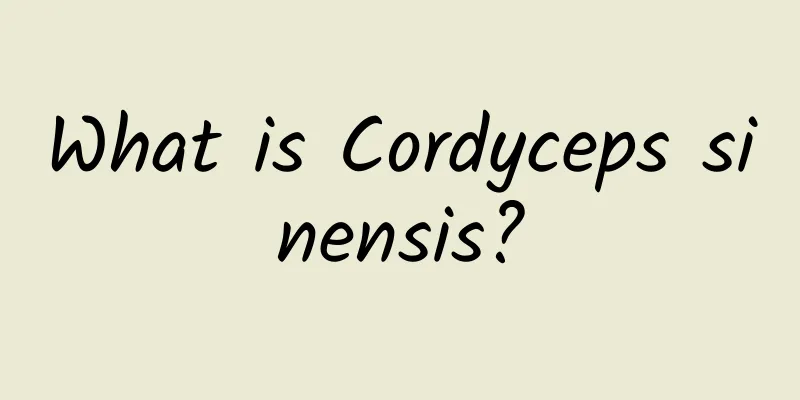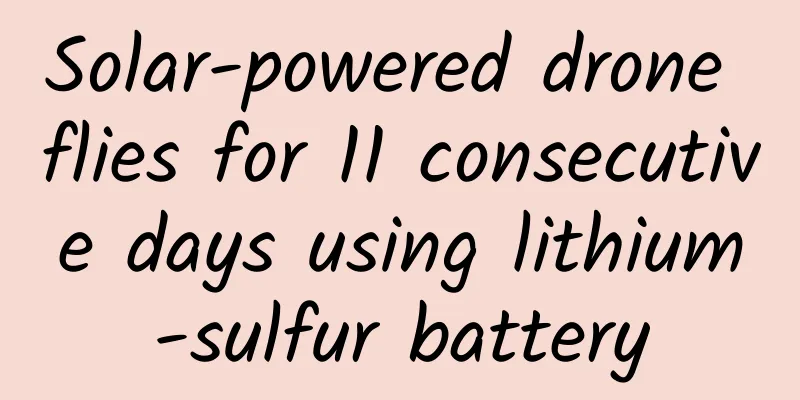What is Cordyceps sinensis?

|
Most of us know that Cordyceps sinensis is a very precious medicinal material. Cordyceps sinensis is a very nutritious Chinese medicinal material, but many people don’t know what Cordyceps sinensis looks like or what functions it has. The price of Cordyceps sinensis is very expensive, but many people don’t know what Cordyceps sinensis is used for, so let’s take a look at what Cordyceps sinensis is? Everyone can also learn more about it. Cordyceps sinensis, also known as caterpillar fungus, is a peculiar thing that grows from the combination of insects and grass. It is an insect in winter and grass grows from the insect in summer. The worm is the larva of the Cordyceps bat moth, and the grass is a Cordyceps fungus. How does it grow? In summer, insects lay their eggs on the flowers and leaves of grass, and the eggs fall to the ground with the leaves. After about a month, they hatch into larvae and burrow into the moist and soft soil. There is a kind of ascospores of Cordyceps fungus in the soil, which only attacks fat and well-developed larvae. After being attacked by spores, the larvae drill into the shallow ground. The spores grow in the larvae's body, and the larvae's internal organs gradually disappear. The body becomes a shell filled with mycelium and is buried in the soil. After a winter, when the spring of the following year comes, the mycelium begins to grow, and in summer it grows out of the ground and becomes a small grass. In this way, the body of the larvae and the grass together form a complete "Cordyceps sinensis". 1. The larvae infected by the fungus gradually crawl to a place two to three centimeters above the ground, and die with their heads up and their tails down. This is the "winter worm". 2. In late spring and early summer of the following year, a purple-red grass will grow from the insect's head, about two to five centimeters high, with a pineapple-shaped capsule on the top. This is the "summer grass." Types of Cordyceps: 1. Cordyceps sinensis: also known as Hawks Cordyceps. The fruiting body grows from the center of the insect's head and does not cover the entire insect head; the top of the fruiting body is round, the four legs in the middle are not too prominent, the ring pattern is not as obvious as that of the authentic Cordyceps, and the grass head is more likely to be forked. (This also happens with genuine Cordyceps, but you may only see one fork among hundreds of them. In this case, you have to identify it based on other features.) Other appearance features are basically the same. Some Cordyceps sinensis have whitish bodies, which are easier to identify, while others are yellow, which are more difficult to identify. 2. Liangshan Cordyceps: The body of the insect is short and thick, with a brown-black surface, numerous ring marks, and covered with rusty hairs. The fruiting body is long, much longer than the body of the insect, up to 30 cm, with slender and tortuous branches, and the head of the fruiting body is round and cylindrical or rod-shaped. The foot is not obvious. A few "grasses" have branches at the top. 3. Xinjiang Cordyceps: The body of the insect resembles a silkworm, the surface is dark red to purple-red, and the texture of the insect body is relatively hard. There is usually no substigma. (The above are counterfeits) Counterfeit Xinjiang Cordyceps is easier to identify. 4. Earth silkworm: The "worm body" is spindle-shaped. Slightly curved, with fewer rings, only 3 to 15. Appearance is light yellow. 5. There are great differences between Cordyceps sinensis from different origins. The body and tail of the Cordyceps sinensis from Nagqu, Tibet are translucent and oily, with a strong aroma of ghee. The Cordyceps sinensis from Yushu, Qinghai has a strong mushroom-like smell. The Cordyceps sinensis from other origins has a very light aroma. The body of Cordyceps sinensis is 3 to 5 meters long and 0.3 to 0.8 meters in diameter, and looks like a three-sleeping old silkworm. Of course, within this range, the longer and thicker the Cordyceps sinensis is, the better the quality. The Cordyceps with the highest medicinal value in medicine comes from two top producing areas in China: Nagqu in Tibet and Yushu in Qinghai. There are two major cordyceps brands with good reputation in China, one is Fulinmen Cordyceps and the other is Tongrentang. Fulinmen is more affordable and suitable for home use; Tongrentang is about twice as expensive as Fulinmen, but more beautiful and suitable for high-end business gifts. The above is an introduction to what Cordyceps sinensis is. Cordyceps sinensis can nourish the kidneys and lungs, and also has anti-cancer effects. If someone has kidney problems, Cordyceps sinensis is a very good tonic. Eating Cordyceps sinensis is very good for our body and can cure many diseases, so you might as well eat more of it in your daily life to nourish your body. |
<<: What are the contraindications of taking Chinese medicine for regulating menstruation?
>>: What should I do if wild ginseng is moldy?
Recommend
Does it really help to lie down with your eyes closed when you can't sleep?
Addendum 1: Although lying down with your eyes cl...
Wandering in the rivers of the Ali Plateau
The beauty of harmony and balance outlined by the...
The efficacy and function of Polygonum truncatum
Syringa tenuiflora can not only supplement the bo...
Extending the break time between primary and secondary schools in Beijing from 10 minutes to 15 minutes will have what benefits for students’ physical and mental health?
On August 30, the reporter learned from the Beiji...
Don’t want to go to work, no appetite… Suffering from “post-holiday syndrome” again? Here are some tips to help you recover!
We always say that we should be full of energy wh...
Effects and functions of Celastrus paniculata root
Traditional Chinese medicine has always been the ...
When taking care of your kids during the Spring Festival, you must avoid these "pitfalls"! Parents, please take a look
The Spring Festival is here, and the lights and d...
One code for all travel across the country, do you need to be quarantined when returning home? The latest situation of 31 provinces, autonomous regions and municipalities is here!
The Spring Festival is coming soon. Are you plann...
State Post Bureau: In 2023, the national express delivery volume will exceed 20 billion pieces in just 67 days
According to recent news, monitoring data from th...
The efficacy and function of Peony Panax notoginseng
Speaking of Paeonia lactiflora, I believe many fr...
What is the medicinal property of white flower snake
After the operation, we can take some medicines s...
Can you really lose weight by not eating staple foods? You’re overthinking!
Audit expert: Shen Yingjian Director of the Nutri...
The efficacy and role of the test
Test is a very good medicinal ingredient. It is o...
The efficacy and function of brush grass
Brush grass is a kind of Chinese herbal medicine....









